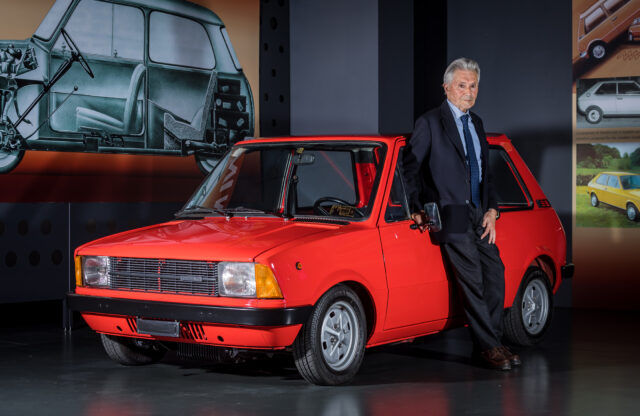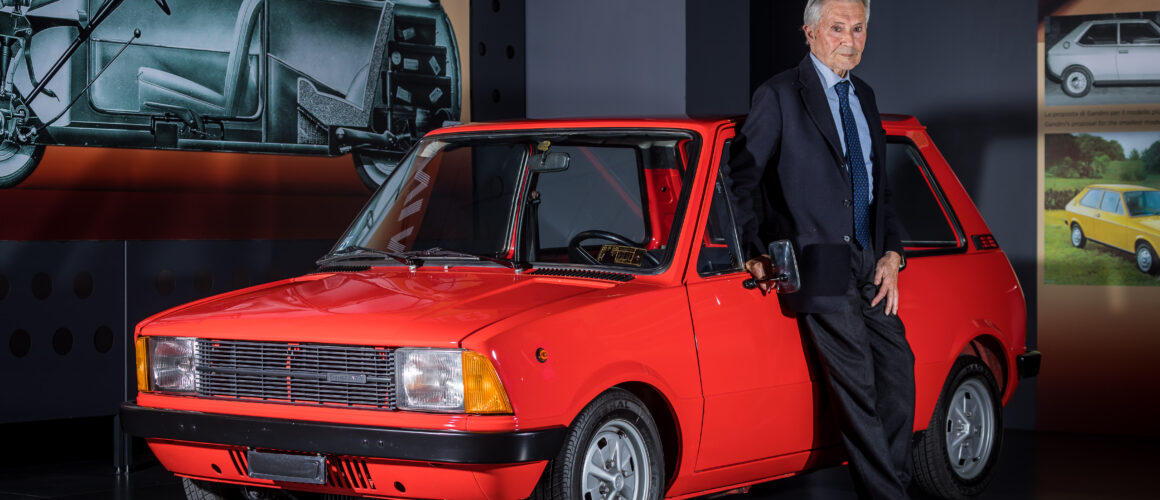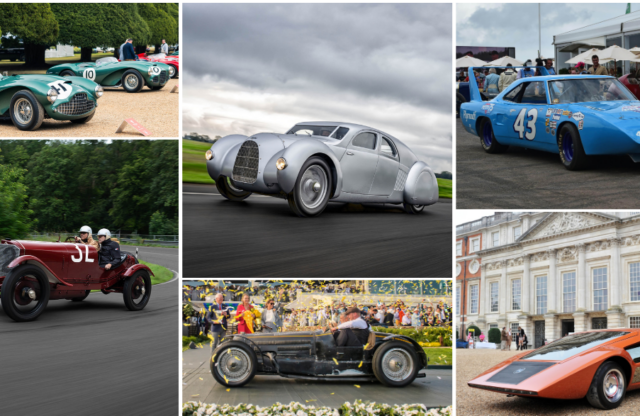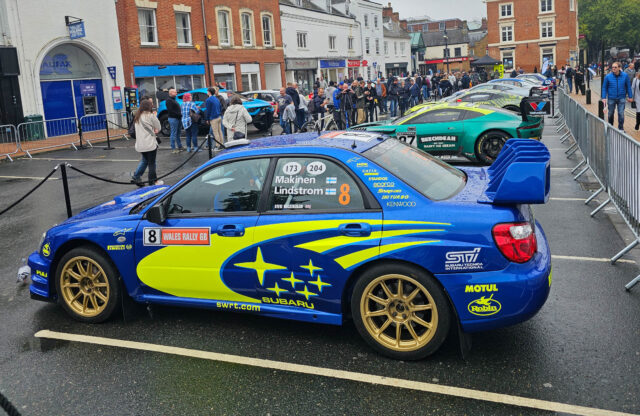Few people can claim to have marked the style of a decade in the way of Marcello Gandini. The ‘wedge shape’ trend of the 1970s was a Marcello Gandini trademark, typified by his Lamborghini Countach. Born in Turin to a musician father who hoped his son would share that interest, at five years old Gandini was captivated by a Meccano set he received as a present. As an adult, his talent was so apparent that, even without specific design schooling, he was hired by Bertone in 1965, when only 27 years old, to manage the style of one of the most important carrozzerie of the period.
Among Gandini’s first tasks was to create the shape for a new sports car, of which the extraordinary rolling chassis had been shown at the Turin motor show of October 1965. This was the new V12 transverse-mid-engined Lamborghini that would storm the market mere months later when, the following March, the Miura was introduced at the 1966 Geneva show. The car led to the coining of the phrase ‘supercar’, instantly putting the names of Lamborghini, Bertone and Gandini on the map, and it is still considered one of the most beautiful cars ever manufactured.
The Miura also instigated that special relationship between Carrozzeria Bertone, Marcello Gandini and Lamborghini that went on to last for more than 30 years, providing some of the most amazing show-cars and production greats, including the 1967 Marzal, with its transparent cockpit, hexagonal details and long gullwing doors. That same year came the Alfa Romeo Montreal concept, and just one year later the Alfa Romeo Carabo. Making its debut at the 1968 Turin show, the Carabo is considered by many to have been the most transformational concept car ever shown, and its wedge shape stormed the motoring world. It marked the beginning of a new decade of automotive style, thanks to Gandini.
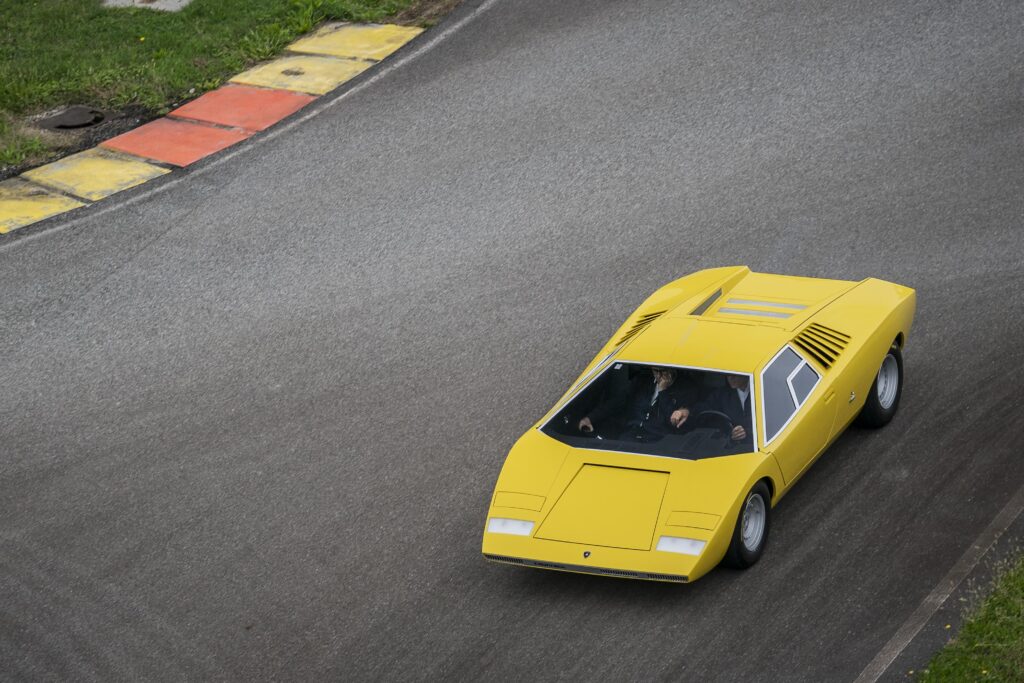
Bertone was something special in my life, and was not supposed to last for so long – I thought I would last no more than six months!
Marcello Gandini
‘Everybody loved the Carabo,’ Gandini himself later declared, ‘but only Ferruccio Lamborghini had the guts to move forward and enter production.’ It was at the 1971 Geneva motor show that the Lamborghini LP500 Countach ‘idea car’ appeared. It entered production in 1974, almost untouched, and lasted an incredible 15 years, becoming one of the most iconic cars ever, in poster form adorning the walls of millions of teenagers all over the world, and setting a style template for Lamborghini supercars that lasts to this day.
With the making of the Countach, Gandini had the opportunity to express his technical skills, too, something he was always very proud of. ‘It was like working with a colleague,’ remembered Ingegnere Paolo Stanzani, Lamborghini’s technical director of the time. ‘Gandini perfectly understood the technical needs we were facing while transforming an idea into a production car, and could always find a solution that was both correct for the technicians and beautiful to look at.’
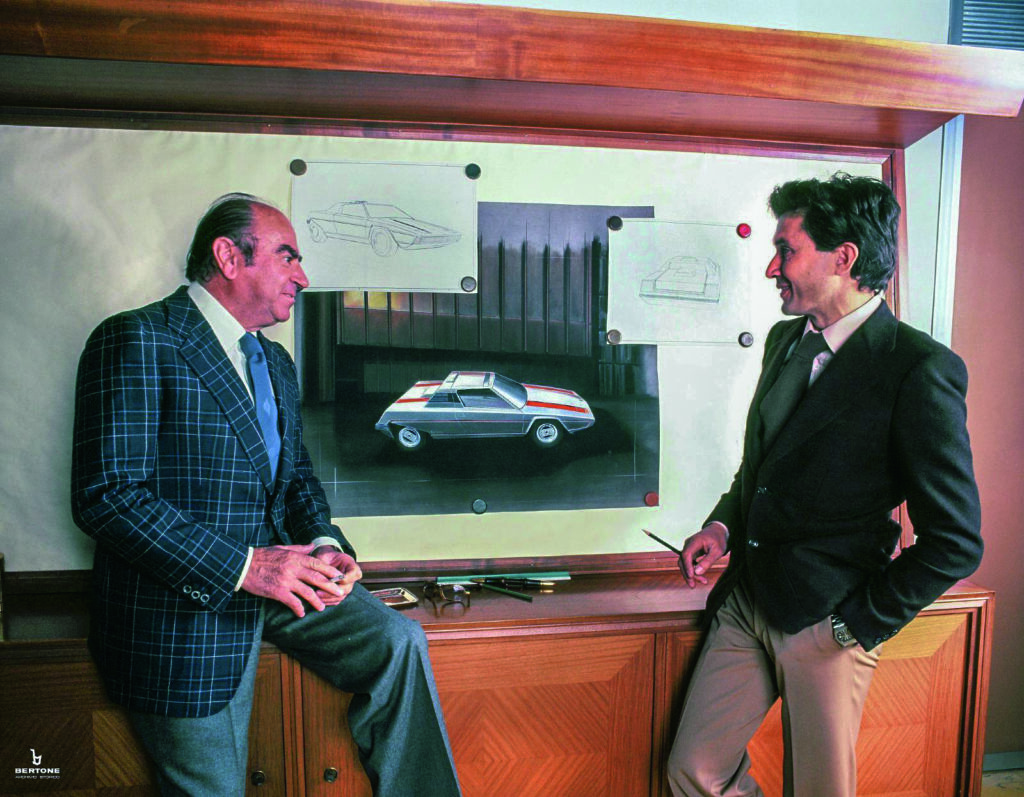
Back to 1969, and we can’t forget the Autobianchi A112 Bertone Runabout, which formed the basis of the Fiat X1/9 that entered production in 1972. Then the 1970 Lancia HF Stratos Zero that became the 1973 Stratos rally car. In this decade, Gandini reached his peak. In 1972 came the BMW 5-Series E12, on which Gandini had consulted with BMW’s Paul Bracq, then in 1975 the Gandini-styled Ferrari Dino 308 GT4 entered production, marking the first time in 25 years that a production Ferrari was not shaped by Pininfarina.
Despite his reputation for designing sports cars, Gandini always said the real challenge for stylists was small, utilitarian cars, for which budget, function and practicality must take priority over performance and looks. As a result, Gandini considered the 1974 Innocenti Mini 90/120 (pictured) one of his most challenging tasks. ‘We made 17 prototypes,’ he remembered. ‘The car was commissioned by Innocenti but, before the first prototype was finalised, the company was sold to British Leyland, and the process was disrupted. I still believe the first proposal was the best one.’
The hugely successful 1982 Citroën BX and 1984 Renault Supercinq followed, but, after 15 years at Bertone, Gandini left in 1980 to embark on a career as a freelance. He recalled: ‘Bertone was something special in my life, and was not supposed to last for so long – I thought I would last no more than six months! And that was a benefit, as I was left free to create, and to be more daring.’ But let’s remember him with this final quote: ‘A blank paper is a world of opportunity, the pure spirit of freedom.’
Farewell, Maestro Gandini.
